Glued down Engineered Flooring
Ciera Machek
6 years ago
Featured Answer
Sort by:Oldest
Comments (37)
jellytoast
6 years agoCiera Machek
6 years agoRelated Discussions
Hardwood over existing hardwood
Comments (5)"We installed hardwood over existing hardwood going in the same direction - although there was no subfloor, so pulling it up wasnt really an option. No problems at all." You had no subfloor? The hardwood was nailed every 16" directly to the joists? Did you do the work or did some contractor convince you that this was the situation? I Have not seen that in 40 years of remodeling old homes and will probably never see it. As I said before, TAKE UP THE OLD FLOOR!...See MoreFloating wood floor questions
Comments (1)Here's my opinion on Floating Wood Floor. I do not see reason why people would ever consider it other than if they have a uneven substrate. With that said, if uneven you would ever want square edge. The micro bevels are their to hide any imperfections in the milling. Some manufacturer's drum sand to give better milling, but I would still prefer micro bevels so I am not felling any high edges. I would use a cork underlayment if I had a gun held to my head....See MoreFlooring under cabinets Yes or No?
Comments (3)3" wide strips of 3/8 ply that matche the cabinet layot along back and sides of cabinets. Shim the strips so all are level, glue shims and strips with PL. Order standard ht cabs, just drop em on and screw to wall....See Moreinstalling engineered flooring over concrete
Comments (9)My neighbor used a cork underlayment between their glued down engineered wood floor and concrete slab; we had our floor glued directly onto the concrete. I notice no difference in sound or feel when walking on their floor and on ours. Also, my neighbor has complained about how cold and hard her floor feels and how it aggravates her knees. Neither floor sounds hollow...they're not floating floors, they're glued down. I'd like to emphasize strongly what livewireoak said about the importance of a flat substrate. Apparently, our concrete substrate was not flat, and the boards did not stick (they are 5" wide planks which makes it even more important for a level substrate as they won't "give" like a narrower plank might). After the installers returned for the third time to drill holes to inject glue because of non-sticking planks (we counted 90 drilled holes), we said enough. We hired a floor inspector and he showed us with a 6' level that some areas of our substrate had a 1-1/2" variance, which was why the planks were not sticking. We demanded a new floor and the builder complied. But it was a mess pulling up that glued floor and leveling the concrete....See Moresuzyq53
6 years agoCiera Machek
6 years agoCiera Machek
6 years agoUser
6 years agoCiera Machek
6 years agosuzyq53
6 years agoCiera Machek
6 years agosuzyq53
6 years agoG & S Floor Service
6 years agolast modified: 6 years agojellytoast
6 years agoCiera Machek
6 years agoCiera Machek
6 years agoCiera Machek
6 years agoUser
6 years agolast modified: 6 years agoUptown Floors
6 years agoSJ McCarthy
6 years agoCiera Machek
6 years agoUser
6 years agoCiera Machek
6 years agojellytoast
6 years agoSJ McCarthy
6 years agolast modified: 6 years agoCiera Machek
6 years agoCiera Machek
6 years agosuzyq53
6 years agoCiera Machek
6 years agoCiera Machek
6 years agojellytoast
6 years agolast modified: 6 years agosuzyq53
6 years agoCiera Machek
6 years agojellytoast
6 years agosuzyq53
6 years agoCiera Machek
6 years agosuzyq53
6 years agoMysha's Flooring Company
6 years ago
Related Stories

REMODELING GUIDESWhen to Use Engineered Wood Floors
See why an engineered wood floor could be your best choice (and no one will know but you)
Full Story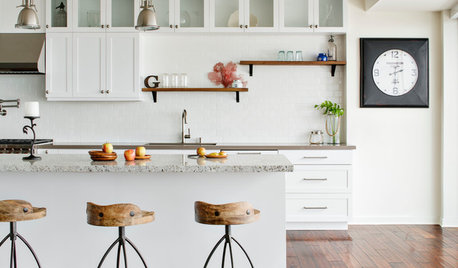
REMODELING GUIDESWhat to Know About Engineered Wood Floors
Engineered wood flooring offers classic looks and durability. It can work with a range of subfloors, including concrete
Full Story
REMODELING GUIDESYour Floor: An Introduction to Solid-Plank Wood Floors
Get the Pros and Cons of Oak, Ash, Pine, Maple and Solid Bamboo
Full Story
WOODTry DIY Plywood Flooring for High Gloss, Low Cost
Yup, you heard right. Laid down and shined up, plywood can run with the big flooring boys at an affordable price
Full Story
MATERIALSWhat to Ask Before Choosing a Hardwood Floor
We give you the details on cost, installation, wood varieties and more to help you pick the right hardwood flooring
Full Story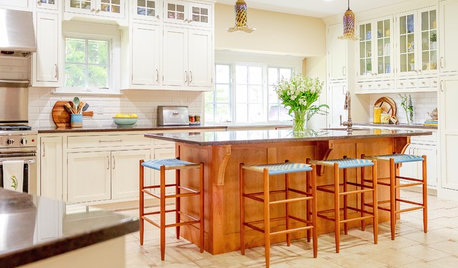
KITCHEN DESIGNDesigners Share Their Top Choices for Kitchen Floors
See which flooring materials and patterns these pros have been using in their latest kitchen projects and why
Full Story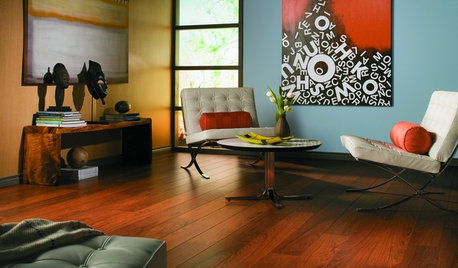
REMODELING GUIDESLaminate Floors: Get the Look of Wood (and More) for Less
See what goes into laminate flooring and why you just might want to choose it
Full Story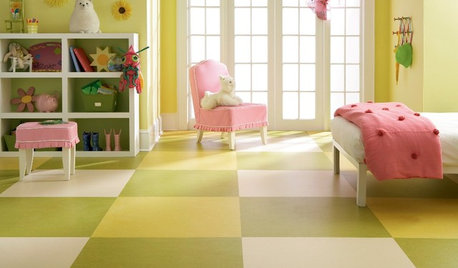
REMODELING GUIDESThe Case for Linoleum and Vinyl Floors
Have pets, kids and a tight budget? Easy-care resilient floors may be the choice for you
Full Story
GREAT HOME PROJECTSWhat to Know Before Refinishing Your Floors
Learn costs and other important details about renewing a hardwood floor — and the one mistake you should avoid
Full Story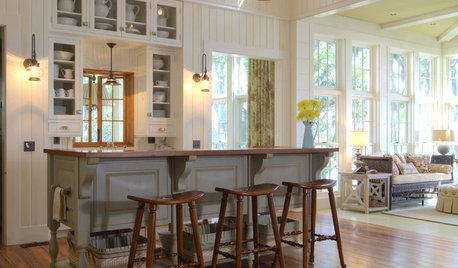
KITCHEN DESIGN9 Flooring Types for a Charming Country Kitchen
For hardiness and a homespun country look, consider these kitchen floor choices beyond brand-new wood
Full Story




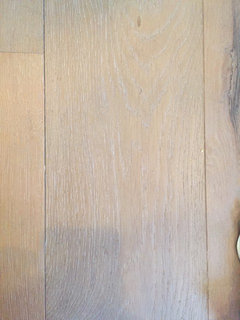
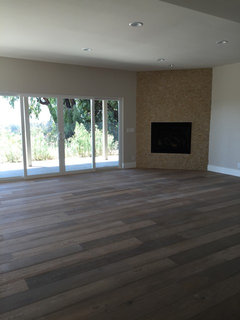



G & S Floor Service